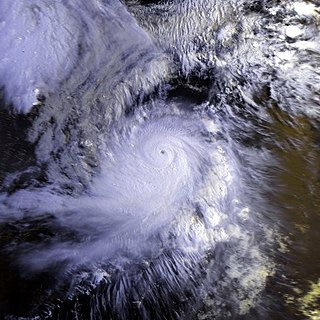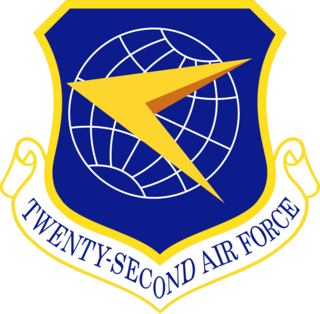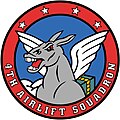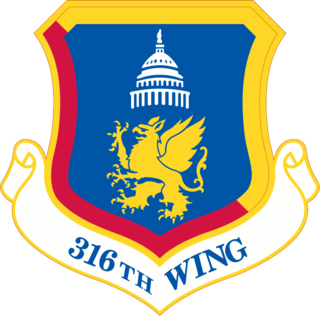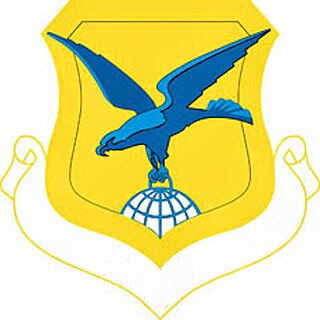| 62d Airlift Wing | |
|---|---|
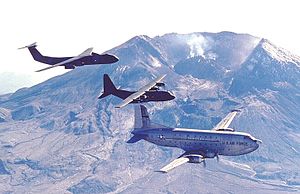 C-124, C-130, and C-141 with Mt. St. Helens in the background | |
| Active | 1947-1950; 1951-present |
| Country | |
| Branch | |
| Type | Airlift |
| Size | ~2300 Airmen |
| Part of | |
| Garrison/HQ | McChord Air Force Base, Washington |
| Motto(s) | Combat Airlift |
| Engagements | Armed Forces Expeditionary
|
| Decorations | Meritorious Unit Award Air Force Outstanding Unit Award (12x) |
| Commanders | |
| Current commander | Colonel Leonard J. Kosinski [1] |
| Notable commanders | Duncan McNabb George Scratchley Brown |
| Insignia | |
| 62d Airlift Wing Emblem |  |
The 62d Airlift Wing (62 AW) is a wing of the United States Air Force stationed at Joint Base Lewis–McChord, Washington. It is assigned to the Eighteenth Air Force of Air Mobility Command and is active duty host wing on McChord. The wing is composed of more than 2,200 active duty military and civilian personnel. It is tasked with supporting worldwide combat and humanitarian airlift contingencies. Aircraft of the 62d fly around the world, conducting airdrop training; it also carries out the Antarctic resupply missions.

The United States Air Force (USAF) is the aerial and space warfare service branch of the United States Armed Forces. It is one of the five branches of the United States Armed Forces, and one of the seven American uniformed services. Initially formed as a part of the United States Army on 1 August 1907, the USAF was established as a separate branch of the U.S. Armed Forces on 18 September 1947 with the passing of the National Security Act of 1947. It is the youngest branch of the U.S. Armed Forces, and the fourth in order of precedence. The USAF is the largest and most technologically advanced air force in the world. The Air Force articulates its core missions as air and space superiority, global integrated intelligence, surveillance, and reconnaissance, rapid global mobility, global strike, and command and control.
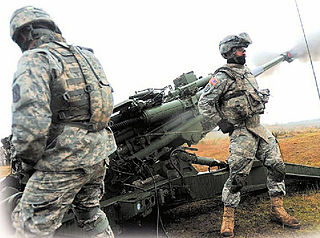
Joint Base Lewis–McChord (JBLM) is a U.S. military installation home to I Corps and 62d Airlift Wing located 9.1 miles (14.6 km) south-southwest of Tacoma, Washington under the jurisdiction of the United States Army Joint Base Headquarters, Joint Base Lewis–McChord. The facility is an amalgamation of the United States Army's Fort Lewis and the United States Air Force's McChord Air Force Base which merged on 1 February 2010 into a Joint Base as a result of Base Realignment and Closure Commission recommendations of 2005.

Eighteenth Air Force is the only Numbered Air Force (NAF) in Air Mobility Command (AMC) and one of the largest NAFs in the United States Air Force. 18 AF was activated on 28 March 1951, inactivated on 1 January 1958, and re-activated on 1 October 2003. 18 AF is headquartered at Scott Air Force Base, Illinois.





